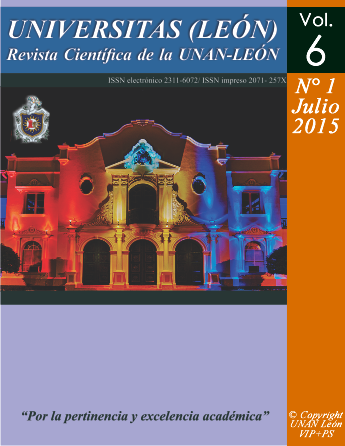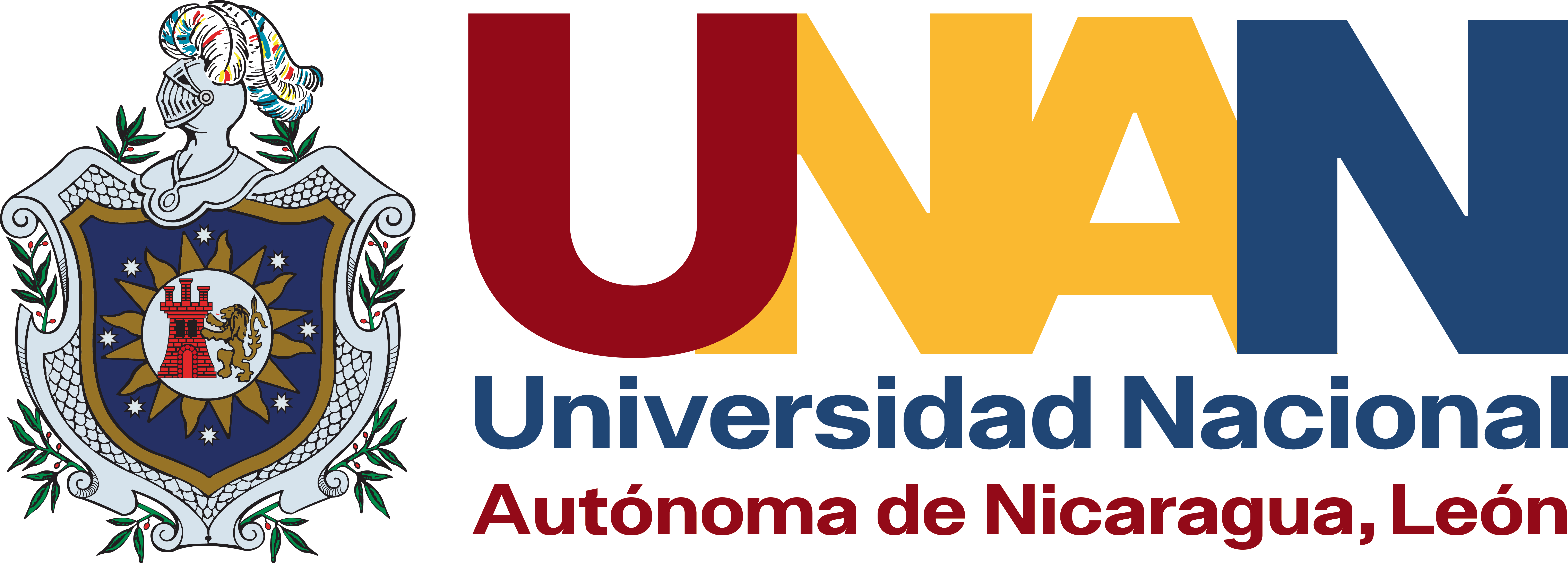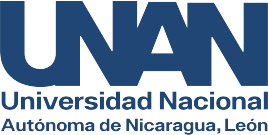Effect of the presence of flocs on growth in juvenile Pacific white shrimp litopenaeus vannamei in intensive systems under experimental conditions
DOI:
https://doi.org/10.5377/universitas.v6i1.13689Keywords:
Juvenile shrimp, Floc, Cumulative growthAbstract
To determine the effect of the floc on the growth of juvenile shrimp Litopenaeus vannamei in intensive systems under experimental conditions. Materials and methods. To determine which treatment reached the highest, physical and chemical factors were measured: dissolved oxygen and temperature; and population parameters Accumulated Growth, Survival and Feed Conversion Factor. Collecting these data for 25 days where the Litopenaeus vannamei shrimp had an initial weight of 1.8 gr in both treatments. Results. According to the results obtained in the experiment, the commercial feed + floc treatment obtained a final growth of 5.35, on the other hand, the treatment with only commercial feed reached 4.9 gr. Conclution. The commercial feed + floc treatment gained larger size and biomass in less time because the floc application managed to provide more nutrients to the applied diet and in this way the shrimp took advantage of this supply, this natural food being the primary food source. while in the treatment without floc, lower biomass was obtained since no substitute was added to this treatment, only commercial feed, when performing the statistical analyzes it was found that p<0.05, which indicates that there was a significant difference, substantiating that with the use of floc growth of shrimp Litopenaeus vannamei is higher.
Downloads
References
Boyd, C.E. & Clay, J.W. 2002. Evaluation of Belize Aquaculture Ltd. A super intensive shrimp aquaculture system. Report prepared under the World Bank, NACA, WWF and FAO Consortium Program on Shrimp Farming and the Environment. Published by the Consortium and obtainable through NACA, Bangkok, Thailand: 17.
Emerenciano M, G Cuzon, M Arevalo& G Gaxiola. 2013. Biofloc technology in intensive broodstock farming of the pink shrimp Farfantepenaeusduorarum: spawning performance, biochemical composition and fatty acid.https://doi.org/10.1111/are.12117
profile of eggs.Yucatan, México. Aquaculture., pp. 28. Artículo. Consultado: 03/06/2014. Disponible en: http://cdn.intechopen.com/pdfs-wm/44409.pdf
Galindo, J., Álvarez, J.S., Fraga, I., Reyes, R., Jaime, B. & Fernández, I. 1992. Requerimientos de lípidos en juveniles de camarón blanco Penaeusschmitti. Rev. Cub. Invest. Pesq., 17(2)., pp 23-36. Artículo. Consultado: 06/06/2014. Disponible en:http://www.oceandocs.org/bitstream/1834/4607/1/2010-053.pdf
Herrera C. 2012. FACTORES FÍSICOS Y QUÍMICOS DEL AGUA DE LOS ESTANQUES CAMARONEROS. Carrera de Ingeniería Acuícola, Facultad de Ciencias y Tecnología, Universidad Nacional Autónoma de Nicaragua. León, Nicaragua., pp. 102.
Jorand, F., Zartarian, F., Thomas, F., Block, J.C., Bottero, J.Y., Villemin, G., Urbain, V., Manem, J., 1995. Chemical and structural (2d) linkage between bacteria within activated-sludge flocs.Water Res. 29 (7).,pp. 1639-1647. Artículo. Consultado: 10/06/2014. Disponible en: http://www.sciencedirect.com/science/article/pii/004313549400350G https://doi.org/10.1016/0043-1354(94)00350-G
Martínez E. 2009. Camaronicultura Mexicana y Mundial actividad sustentable o industria contaminante?. Revista Interna- cional de Contaminación. Ambiental 25(3): 181, 196.
Martínez E. 2012. Crecimiento y Desarrollo. Carrera Ingeniería Acuícola Facultad de Ciencias y Tecnologías. Universidad Nacional Autónoma de Nicaragua. León, Nicaragua., pp. 1-4.
Martínez, E. 2013. Crecimiento de postlarvas de camarón Litopenaeus vannamei en condiciones controladas, UNAN-LEÓN, León Nicaragua: 2,3 y 4.
Downloads
Published
How to Cite
Issue
Section
License
Copyright (c) 2015 UNIVERSITAS (LEÓN): SCIENTIFIC JOURNAL OF THE UNAN-LEÓN

This work is licensed under a Creative Commons Attribution-NonCommercial-ShareAlike 4.0 International License.
Copyright © 2025 Universitas (León), Revista Cientifíca de la UNAN-León. Academic Direction. Research Department. Publication and Scientific Event Unit.










